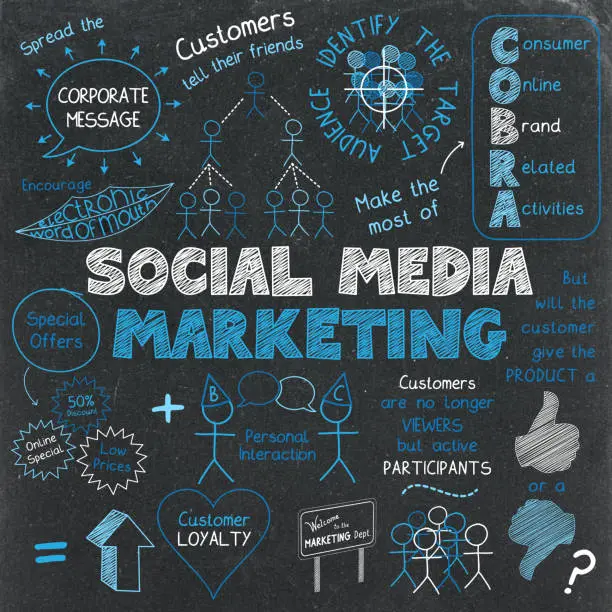
The Power of Emotional Marketing: How to Leverage Emotions to Drive Engagement
- Admin
Emotions play a significant role in consumer decision-making, often influencing purchasing behavior and brand loyalty. In the realm of digital marketing, leveraging emotions effectively can help brands forge deeper connections with their audience, drive engagement, and ultimately, inspire action. In this article, we'll explore the power of emotional marketing and provide actionable strategies for harnessing emotions to create compelling content that resonates with your audience.
1. Understanding Emotional Marketing:
Emotional marketing involves tapping into the feelings and emotions of your audience to evoke a response or action. By appealing to emotions such as happiness, excitement, fear, nostalgia, or empathy, brands can create memorable experiences that leave a lasting impression on their audience.
2. The Impact of Emotional Content:
Emotional content is more likely to capture attention, evoke a response, and be remembered by audiences. When consumers feel emotionally connected to a brand or message, they are more likely to engage with the content, share it with others, and develop a sense of loyalty towards the brand.
3. Key Emotions to Leverage:
Different emotions can evoke different responses from your audience. Some key emotions to leverage in your marketing efforts include:
Happiness: Creating content that elicits feelings of joy, laughter, or positivity can leave a lasting impression on your audience and strengthen their affinity for your brand.
Sadness: Tugging at the heartstrings with emotional storytelling or messages of empathy can foster a sense of connection and empathy with your audience.
Fear: Leveraging fear can be a powerful motivator to drive action, whether it's highlighting potential risks or challenges that your product or service can help alleviate.
Surprise: Unexpected or surprising content can capture attention and create memorable experiences that stand out in the minds of your audience.
Nostalgia: Tapping into feelings of nostalgia can evoke a sense of warmth and familiarity, fostering a deeper connection with your audience.
4. Strategies for Emotional Marketing:
Tell Compelling Stories: Use storytelling to evoke emotions and create authentic connections with your audience.
Use Visuals Effectively: Incorporate imagery and video that evoke emotions and reinforce your message.
Personalize Your Messaging: Tailor your messaging to resonate with the emotions and experiences of your target audience.
Evoke Empathy: Show empathy and understanding towards your audience's challenges and experiences.
Highlight Benefits and Outcomes: Focus on the positive outcomes and benefits that your product or service can deliver, inspiring feelings of hope and optimism.
5. Measure and Analyze Results:
As with any marketing strategy, it's essential to measure and analyze the effectiveness of your emotional marketing efforts. Track key metrics such as engagement, sentiment, and conversion rates to understand how your audience is responding to your emotional content.
6. Conclusion:
In conclusion, emotional marketing is a powerful strategy for driving engagement, building brand loyalty, and inspiring action. By understanding the emotions that resonate with your audience and leveraging them effectively in your marketing efforts, you can create compelling content that captures attention, fosters connections, and drives results. Embrace the power of emotional marketing, and watch as your brand forges deeper connections with your audience and achieves greater success in the digital landscape.
